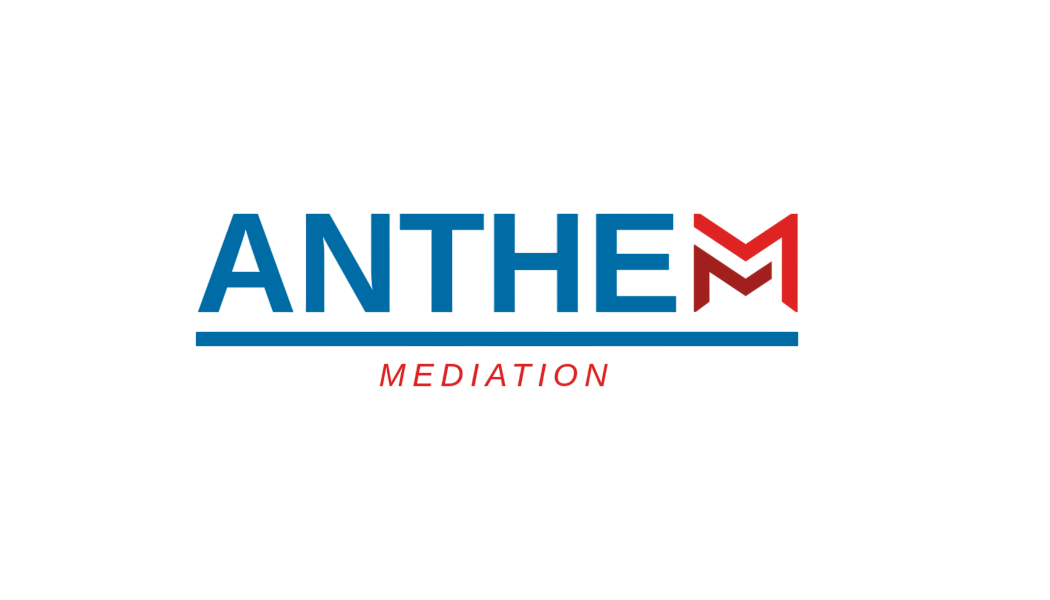- Facilitative Mediation: This is the classic mediation style. The mediator asks questions and encourages discussion but does not give legal advice or opinions. They focus on helping the parties communicate and identify interests. In a facilitative approach, the mediator might say, “What would you need to feel this issue is resolved?” or “Let’s explore possible options.”
- Pros: It keeps the parties fully in charge of the outcome. They generate ideas themselves, which can make them more satisfied with and committed to the agreement. It’s collaborative and works well when the relationship is important (like between coworkers).
- Cons: The mediator won’t tell you what the law says or what a court might do. If one side expects a strong reality check, this style doesn’t deliver that. Also, if one party is much stronger, they might dominate unless the mediator carefully manages power imbalances.
- Use When: You want an open discussion and creative solutions without feeling pressured. Common in community, family, and business mediations where preserving relationships is key.
- Evaluative Mediation: In this style, the mediator is a bit more like a consultant. They will evaluate the merits of each side’s position and may predict what a judge or jury would do. They might say things like, “Based on my experience, a judge would likely award XYZ in this case.”
- Pros: Parties get a reality check. It can speed up settlement because you know roughly where things might land if you went to court. It’s efficient for disputes with clear legal rules (like a contract breach or a straightforward wage claim).
- Cons: You lose some control, because the mediator’s opinions steer the process. It can feel more confrontational (almost like a mini-trial in mediator form). If the mediator is a lawyer, one party might worry they’re “stacking the deck.”
- Use When: The legal framework is well understood (e.g., insurance claims, personal injury, or standard employment law cases) and the goal is to get a practical, businesslike settlement rather than exploring relationship issues.
- Transformative Mediation: This style shifts focus from settlement to empowering the parties and fostering mutual recognition. The mediator encourages each person to fully state their feelings and perspective, and encourages the parties to acknowledge each other’s viewpoints.
- Pros: It can improve the relationship and communication between parties. Both people feel heard and respected. This approach is great when emotions are very high (e.g., a bitter divorce or a long-standing feud), because it helps repair conflict dynamics.
- Cons: It doesn’t aim to settle quickly. The goal is personal change, not a crisp deal. It can be frustrating if your priority is resolving a specific issue promptly. There’s less emphasis on legal rights and more on feelings and dialogue.
- Use When: Parties need to rebuild trust or communication (like former spouses who must co-parent). It works well if both sides genuinely want to understand each other, not just win money.
- Narrative Mediation: This method is rooted in storytelling. Each party tells the “story” of the conflict from their perspective. The mediator helps each rewrite their narrative by identifying assumptions or underlying values. For example, two coworkers might be told to share their version of how a project went, then discuss how labeling each other (e.g., “He’s lazy” or “She’s controlling”) may not help. The mediator uses that story work to open up new possibilities for agreement.
- Pros: It helps release blame and reframe problems. By focusing on stories, it can uncover hidden interests or heal emotional wounds. Parties often discover common ground they didn’t see before.
- Cons: It’s uncommon and can be slow. It’s not well-known, so attorneys might feel uneasy with the lack of structure. It also might not appeal if you just want a straightforward business solution.
- Use When: Deep misunderstandings or rigid positions block progress, and the conflict has a narrative element (e.g., family disputes or cultural conflicts). It’s more specialized.
- Mixed/Hybrid Approaches: Many mediators actually blend styles. For instance, they might start facilitative, but if stuck, switch to evaluative and give an opinion. Or they might be facilitative but use some narrative questions. This practical mix can adapt to what the parties need in the moment.
- Note on Med-Arb: You may hear terms like Med-Arb (mediation followed by arbitration) or Arb-Med. These are hybrid procedures, not exactly styles. In Med-Arb, a mediator will try to help you settle, but if you can’t, they or someone else will arbitrarily decide remaining issues. In Arb-Med, parties first hear arbitrator arguments but try to settle before any final award is handed down. These tend to be used when parties want both options, but remember that the best outcomes usually come from pure mediation, not a fallback to impose a decision.
- Online/E-Mediation: With modern tech, mediations can be done remotely. E-mediation often follows one of the above styles but conducted over video or specialized platforms. It’s convenient and can work well, though some find it harder to read body language. Early research suggests it can be just as effective in many cases.
Pros and Cons (Summary)
Choosing the right style often depends on the people and the dispute:
- Facilitative: Encourages party-driven outcomes, respectful dialogue. – May feel like the mediator isn’t doing much or giving guidance.
- Evaluative: Speeds agreement when law is clear, realistic framing. – May pressure settlement or limit creative options.
- Transformative: Heals relationships, empowers parties. – Can take longer, no guarantee of settlement.
- Narrative: Changes perspectives, powerful reframing. – Less conventional, can seem abstract.
In practice, most workplace mediations use a facilitative or evaluative approach, often mixing the two. A seasoned mediator will read the room and use the style that seems to unlock progress.
Example: Suppose you’re in an employee discrimination case. A facilitative mediator might help you and the company talk about what really happened and what each needs moving forward. An evaluative mediator (often a former judge) might say, “Given the evidence, a jury might award X amount, but here’s how settlement could look.” The first builds understanding, the second anchors expectations.
Regardless of style, the key is that the mediator’s approach matches your needs. If you value a candid reality check, an evaluative style might suit you. If you want a softer touch and are concerned about relations, facilitative or transformative might be best.
Conclusion
Mediation isn’t one-size-fits-all. By understanding these styles, you can ask potential mediators about their approach. The right fit – a mediator who aligns style with your goals – can transform a difficult dispute into a much smoother, more satisfying resolution.




